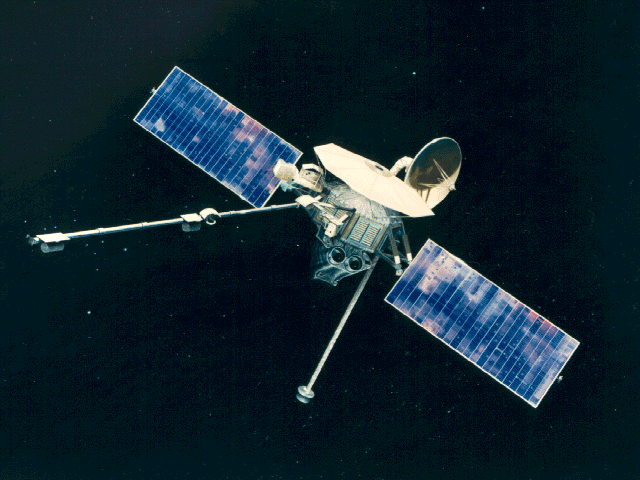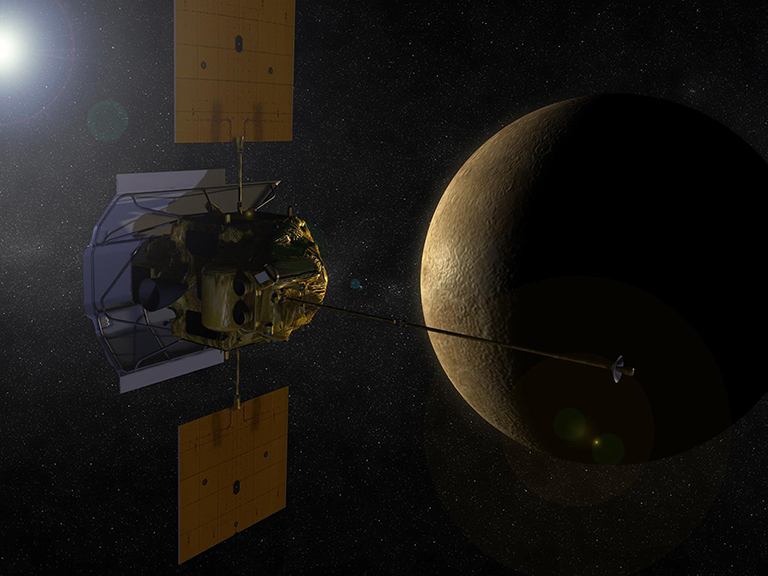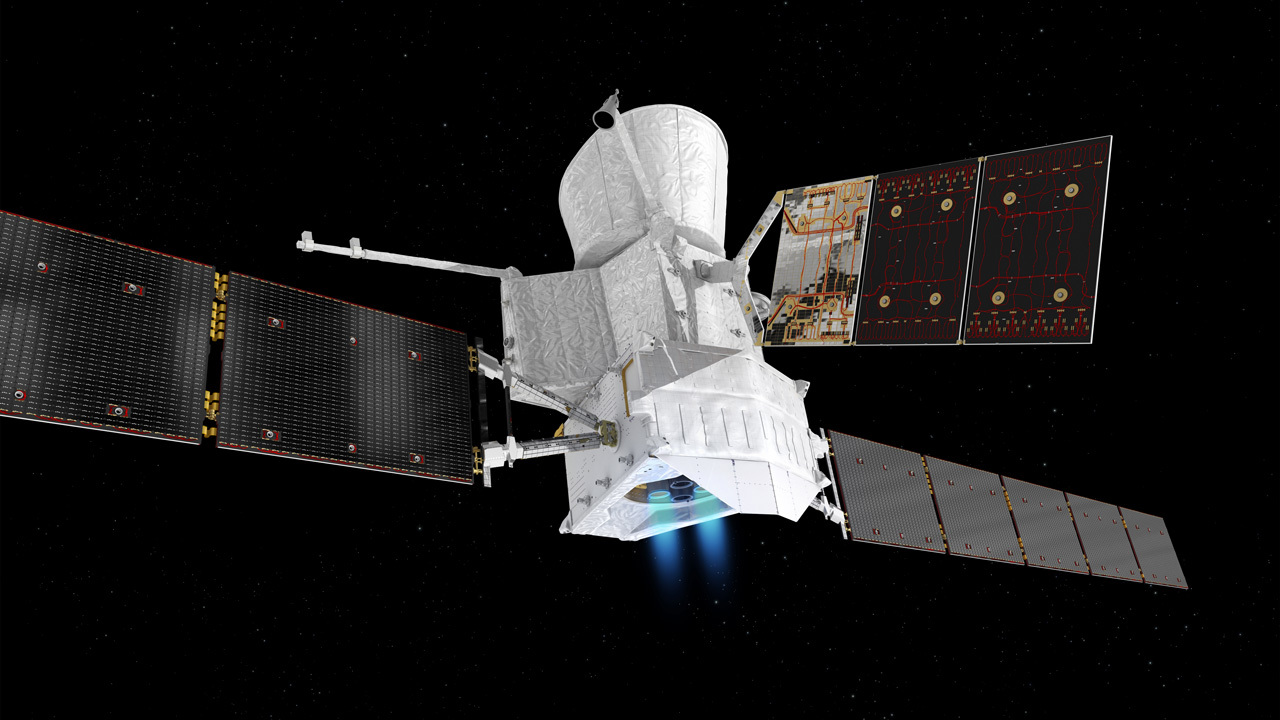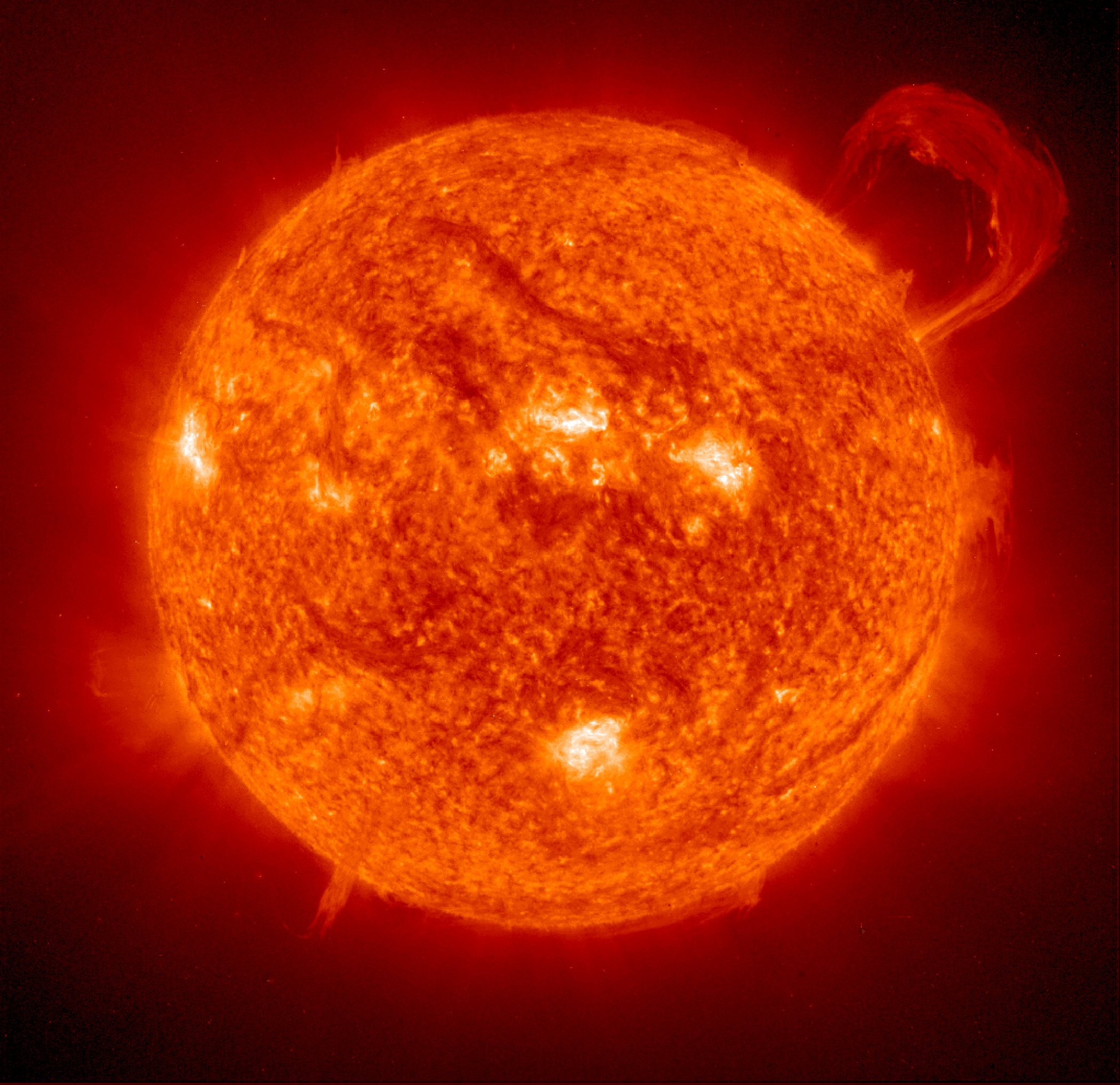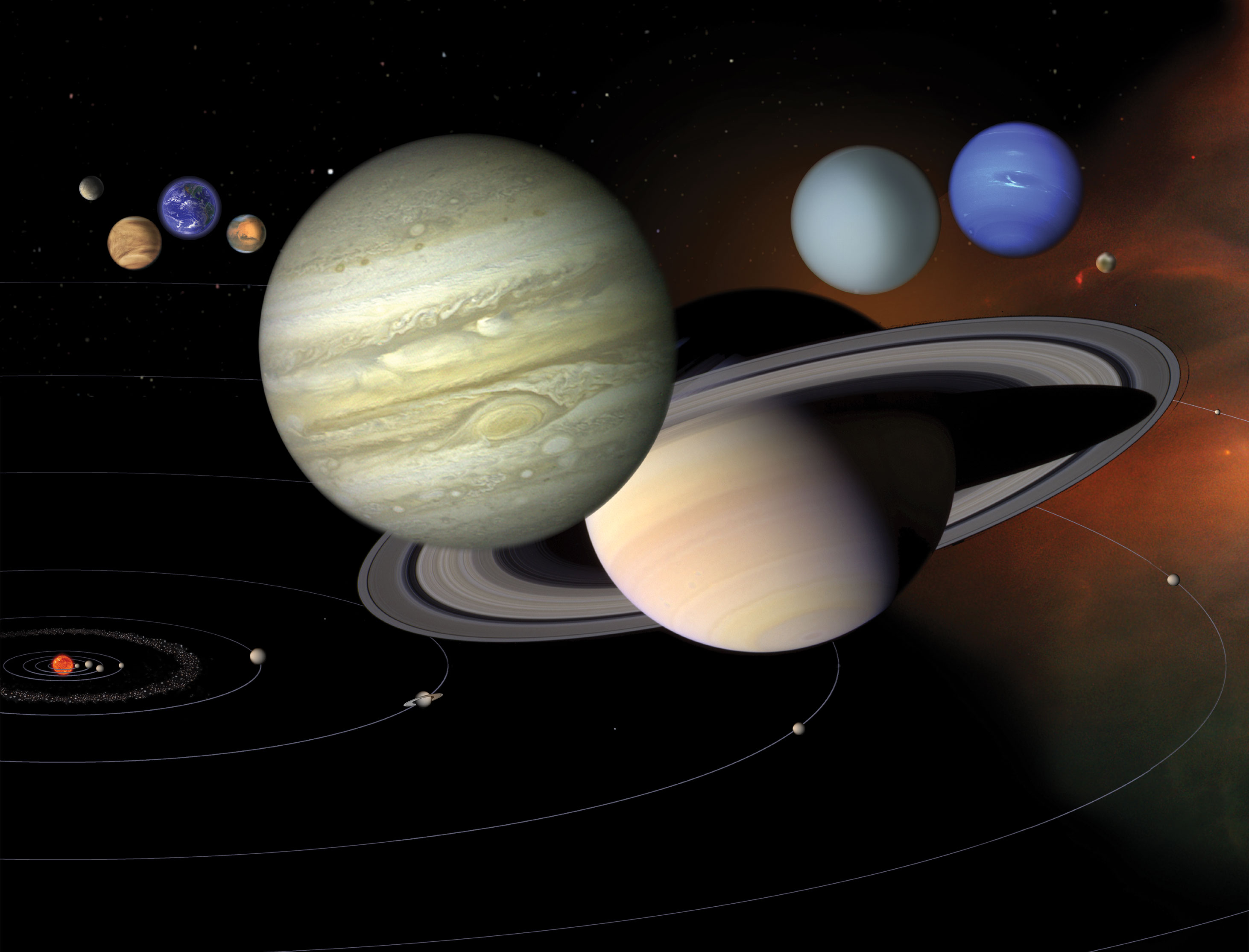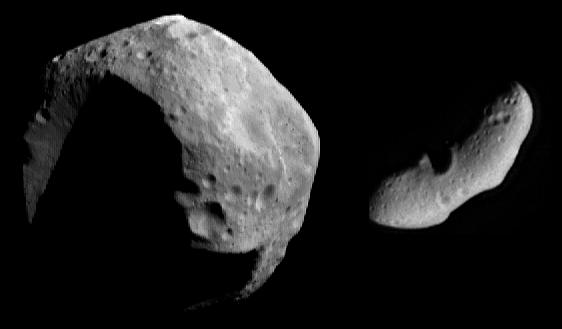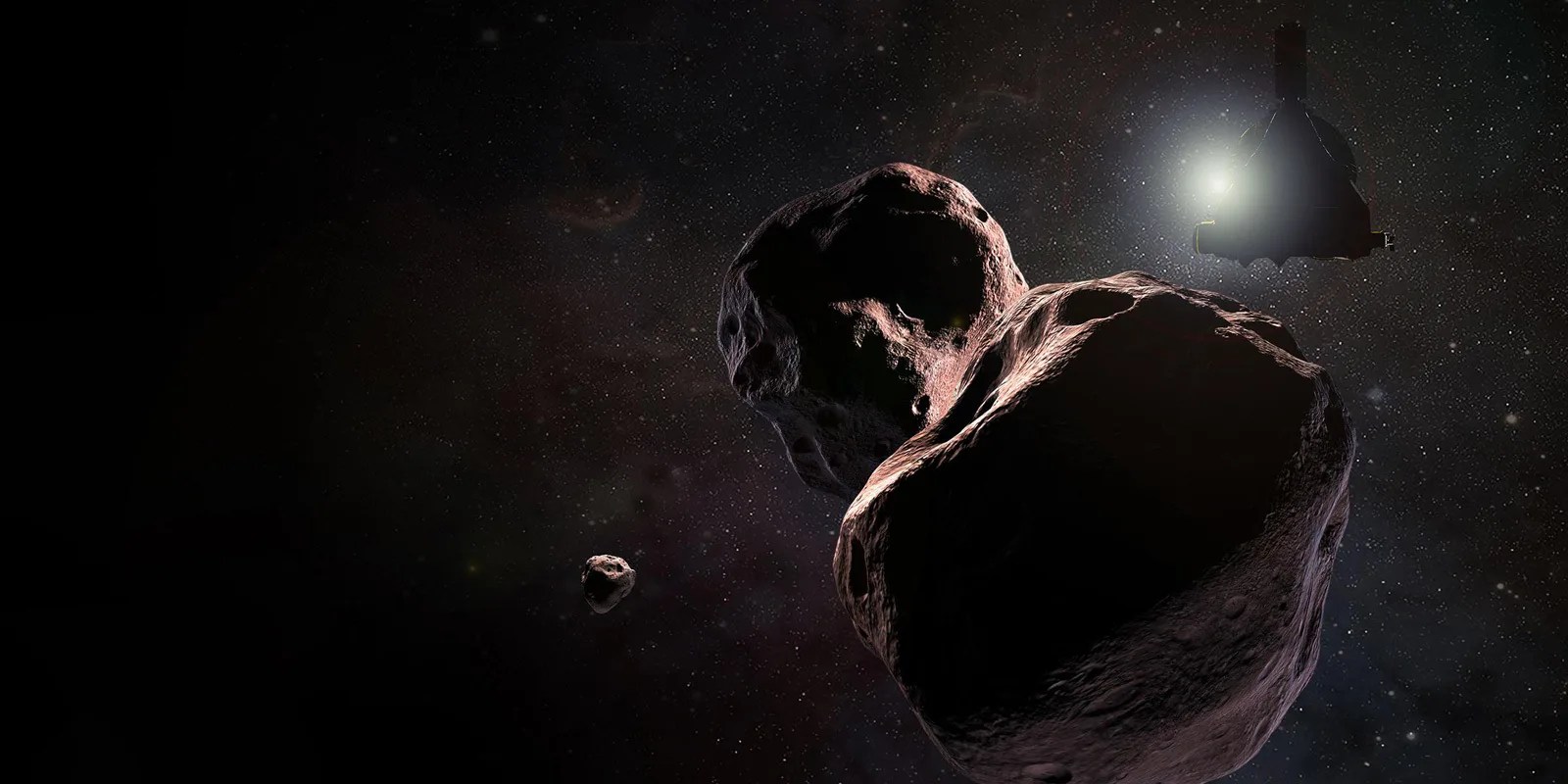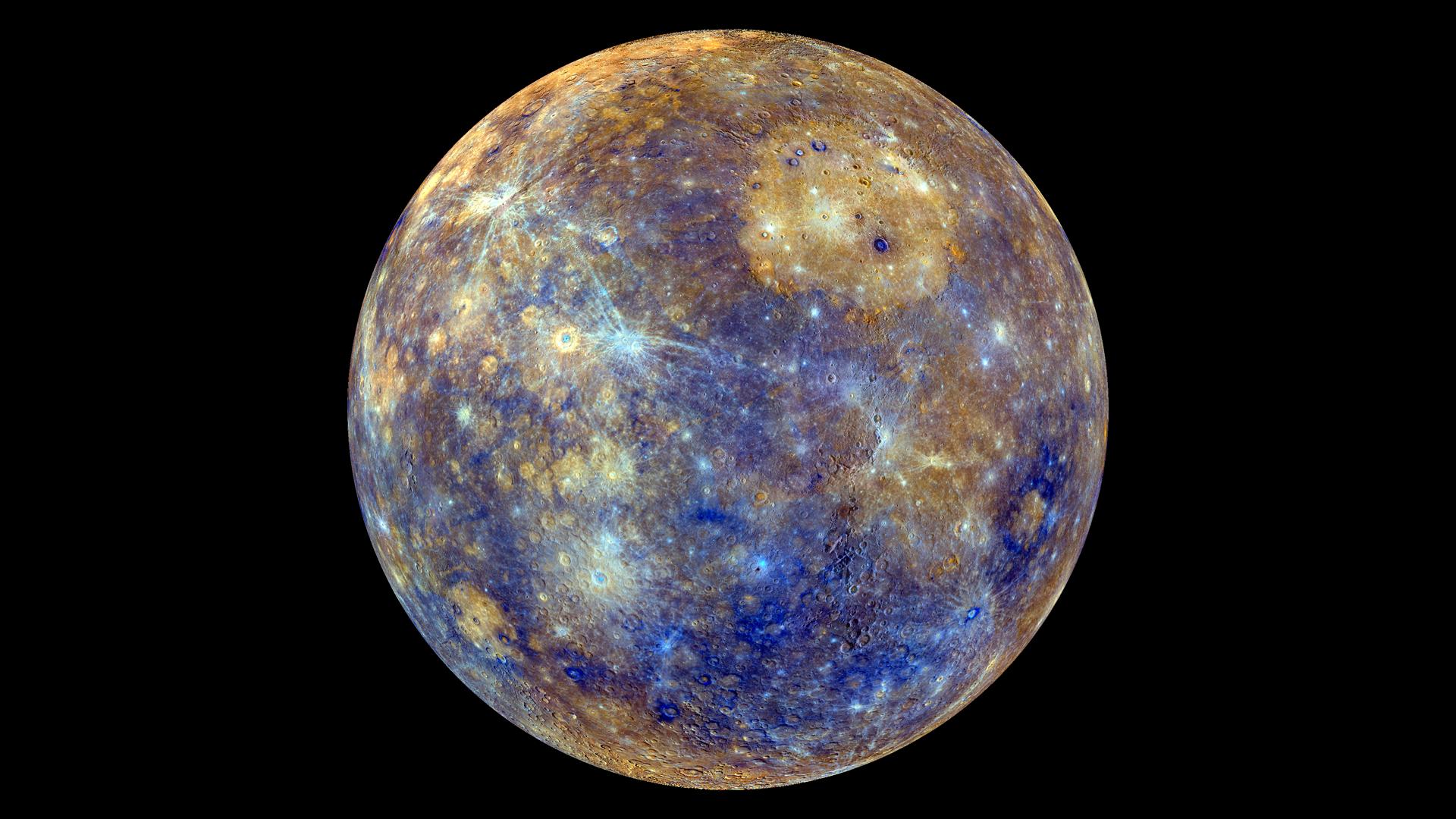
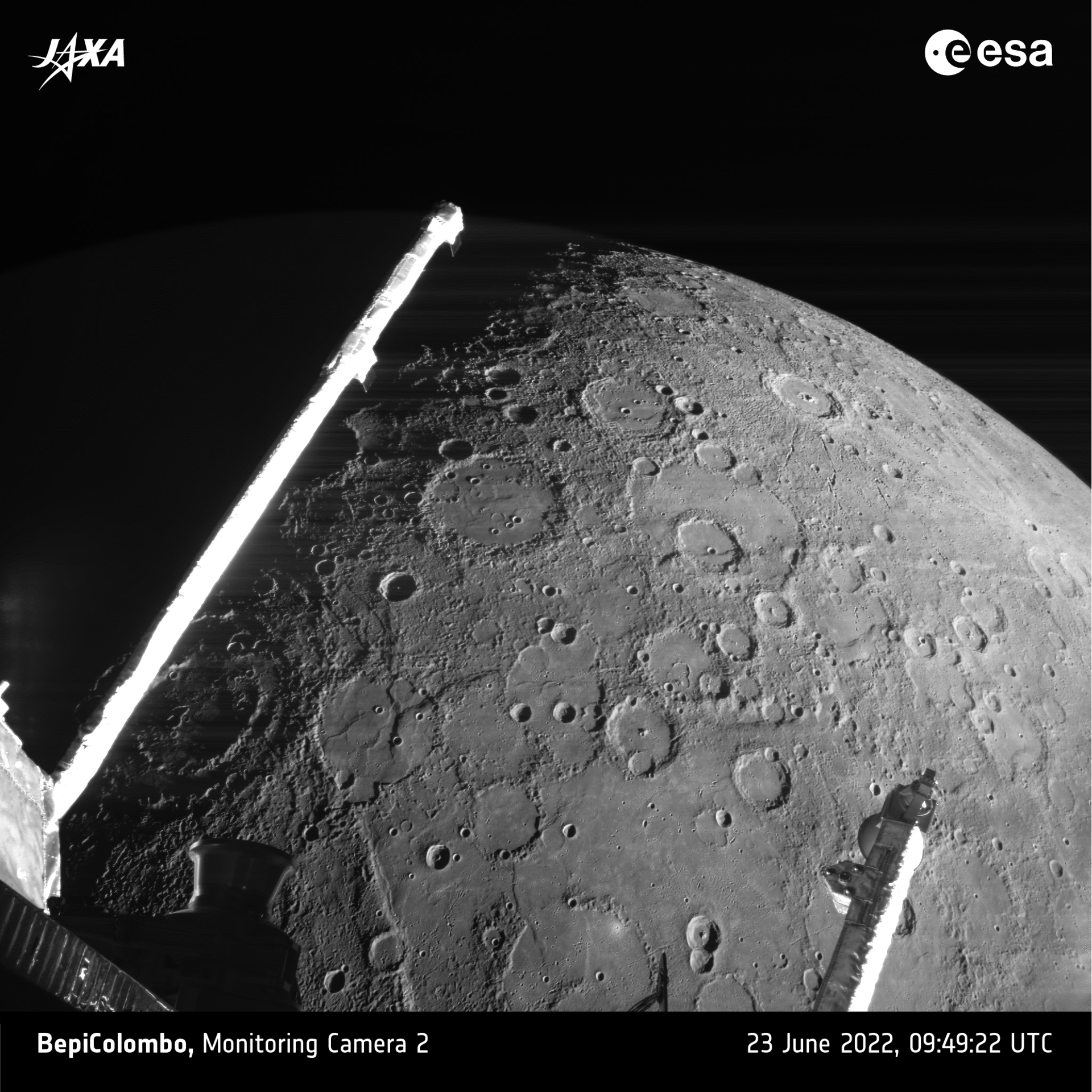
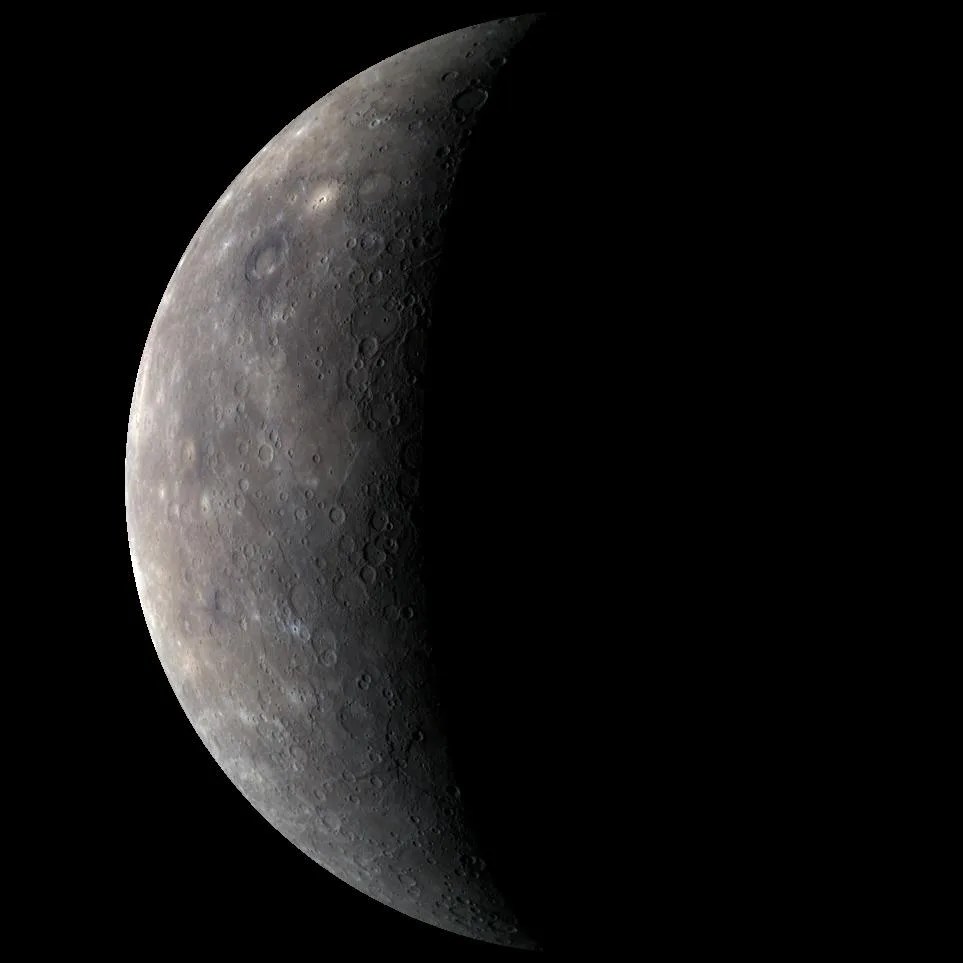
Mercury: Exploration
Because Mercury is so close to the Sun, it is hard to directly observe from Earth except during dawn or twilight when the Sun's brightness doesn't outshine little Mercury. The first spacecraft to visit Mercury was NASA's Mariner 10, which imaged about 45% of the surface. NASA's MESSENGER spacecraft flew by Mercury three times and orbited the planet for four years before crashing on its surface at the end of its mission. The European Space Agency and JAXA launched a joint mission to Mercury in 2018. The mission, called BepiColombo, is made up of two spacecraft. Nine flybys are planned to help steer the spacecraft into orbit in late 2025.
Planet Location
Inner Solar System
first mission
Mariner 10
total missions
3
active missions
1 (ESA's BepiColombo)
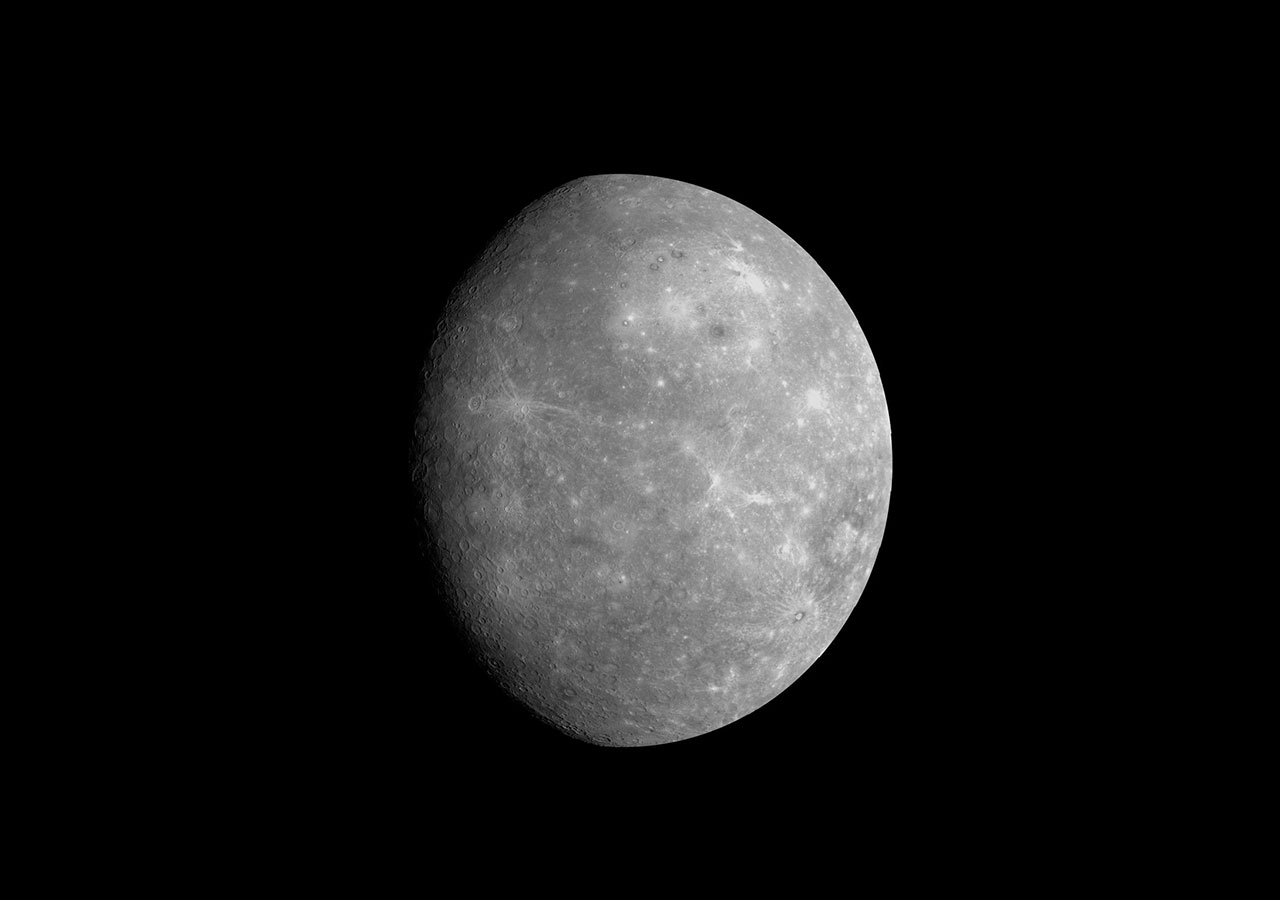
This high-resolution mosaic of images shows Mercury as it appeared to MESSENGER as the spacecraft departed the planet following the mission's first flyby of Mercury.
NASA/Johns Hopkins University Applied Physics Laboratory/Carnegie Institution of Washington
Keep Exploring

